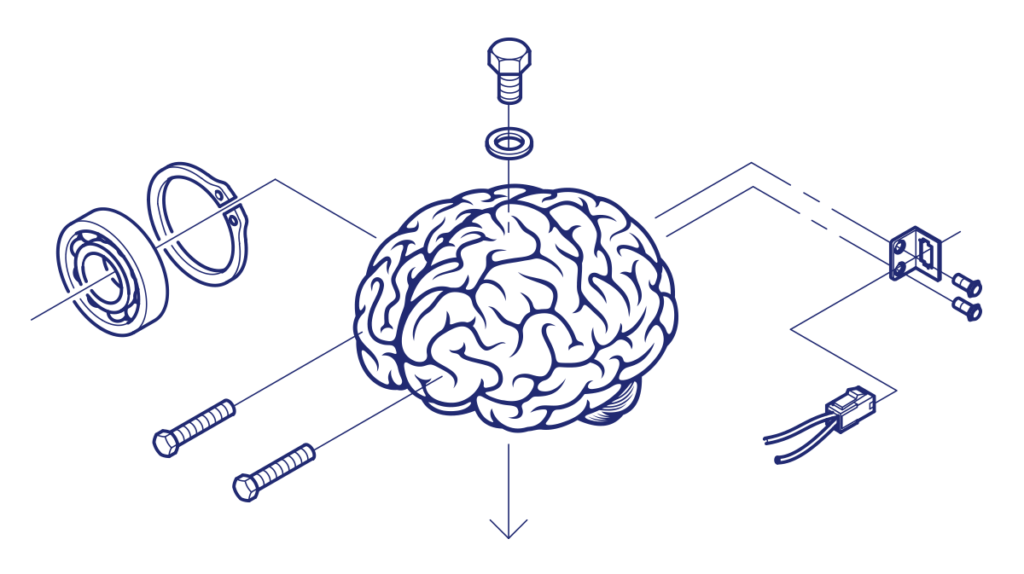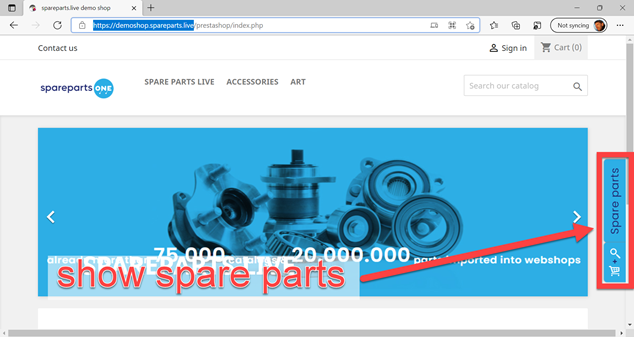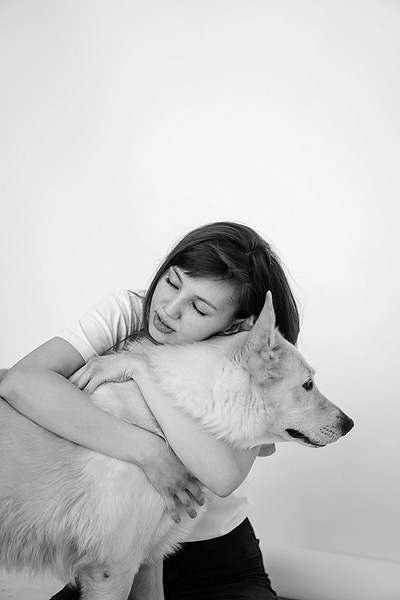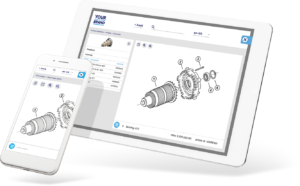Psychology & Website Conversion
Part 3 of 5 of our most important insights for spare parts Web shops

Psychology is hot in marketing & sales. If you have a marketing & sales interest, you probably know about Robert Cialdini and his persuasion methods.
(Bigger) companies have teams of psychologists helping to influence their customers and optimize conversion. Whenever you want to buy something at Amazon.com or book a hotel at booking.com, you are constantly being ‘manipulated‘ at a subconscious level into making the purchase. If that brings the conversion rate up just a few per cent, that is still a lot of money.
Sales & psychology
Psychologist Daniel Kahneman described the relationship between your subconscious and conscious*. Most of the time (about 90-95%), you use your subconscious for instincts and daily routines.
Only in a problematic or divergent situation is your conscious activated:
you have to think harder; you know that you’re thinking and don’t enjoy it. Complex or prolonged thinking makes people agitated and tired.
Sales psychology is based on keeping you on the subconscious ‘automatic pilot‘ as much as possible or distracting the conscious. You react instinctively or preprogrammed and don’t think to much about any negative aspects, such as the costs.
Psychology & spare parts?
There are many ways to influence people on a website: tests have shown that people prefer to choose the middle of three options, they perceive text in clear colour blue or red as ‘true‘, and if you use a € or $ sign in your price this will decrease (!) the willingness to buy.
Cognitive ease
Most importantly, you’ll need ‘cognitive ease’ for your customers. Suppose the site is logical and repetitive in structure. In that case, navigation is simple, descriptions are short and precise, and they don’t have to think hard when ordering their parts; they will experience you as ‘more familiar’, ‘more true’, ‘better’ and ‘easy’. Perfect for brand loyalty.
Visual depiction effect
A specific psychological effect is known as the ‘visual depiction effect’. Tests have shown that people are more willing to buy an object if they can imagine how to use it.
For example, tests we did with a photo of a soup package.
If the package had only a soup photo, the willingness to buy was considerably less than when the picture of the soup had a spoon. And if the spoon was on the right side of the plate, willingness to buy increased even more, as most people are right-handed.
So it could certainly be worth using images in a Webshop that show how a specific part relates to other parts in a product, to increase conversion. If they can imagine it…!


